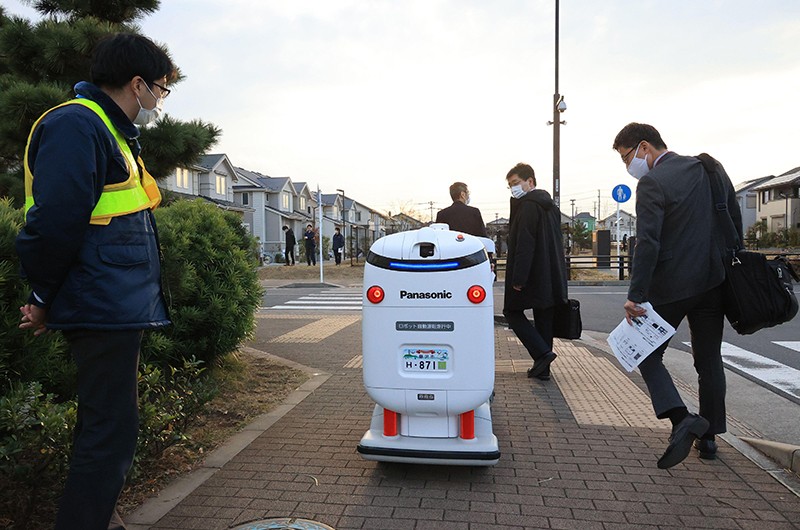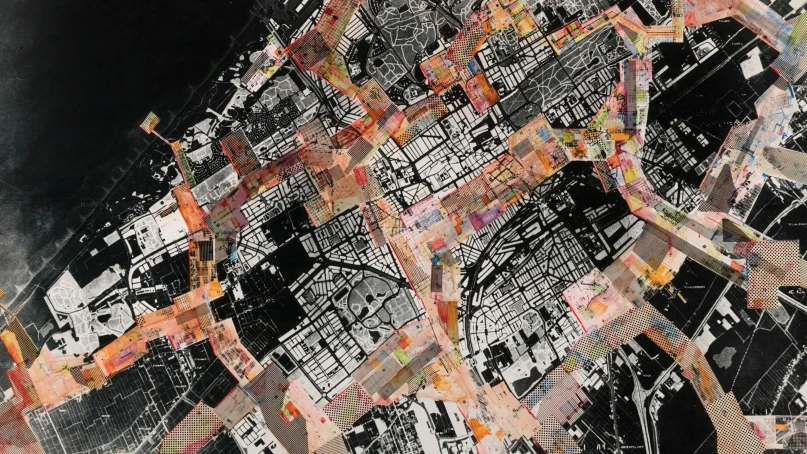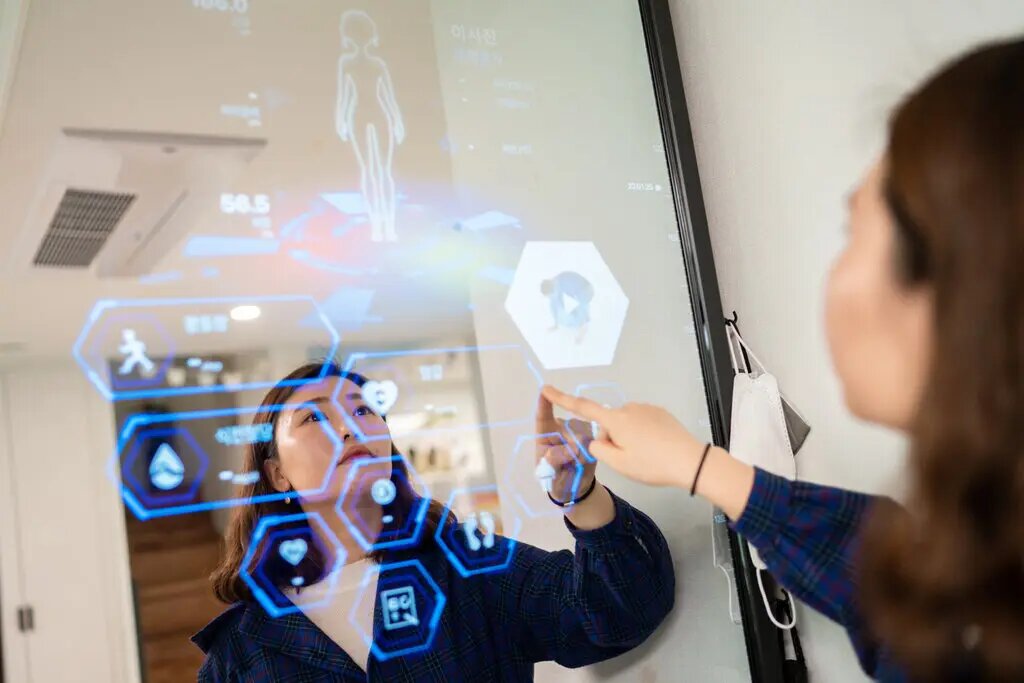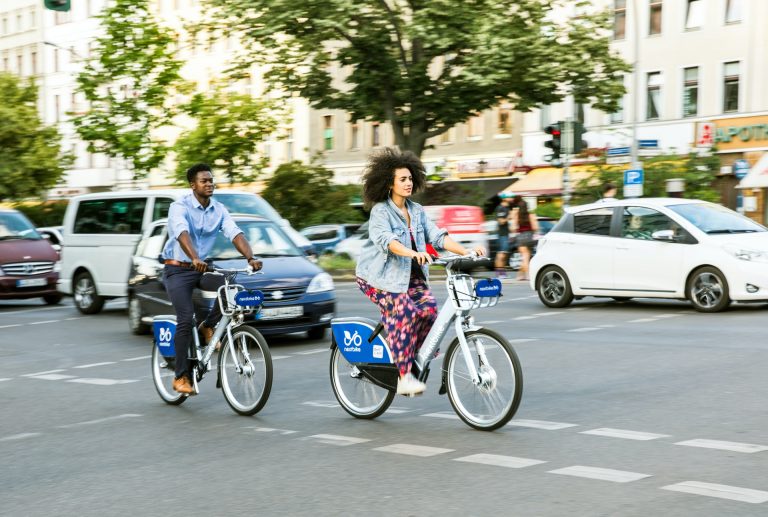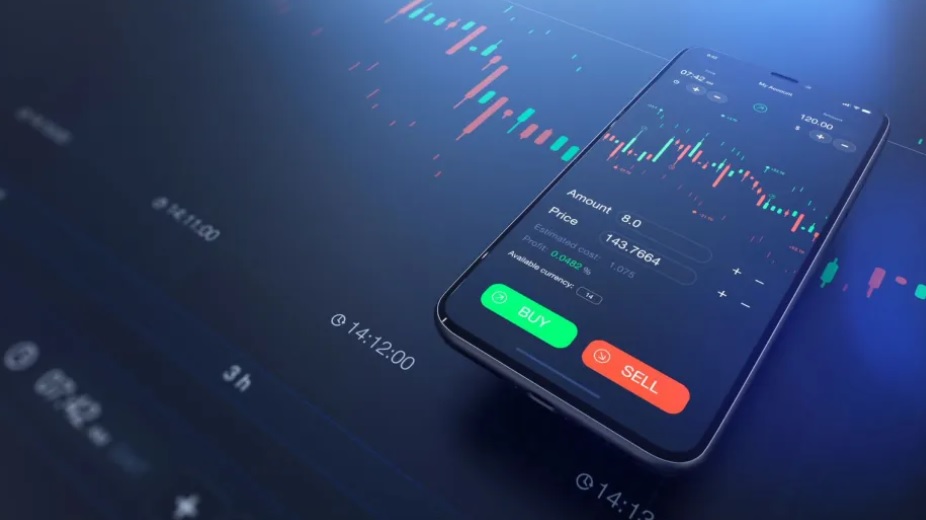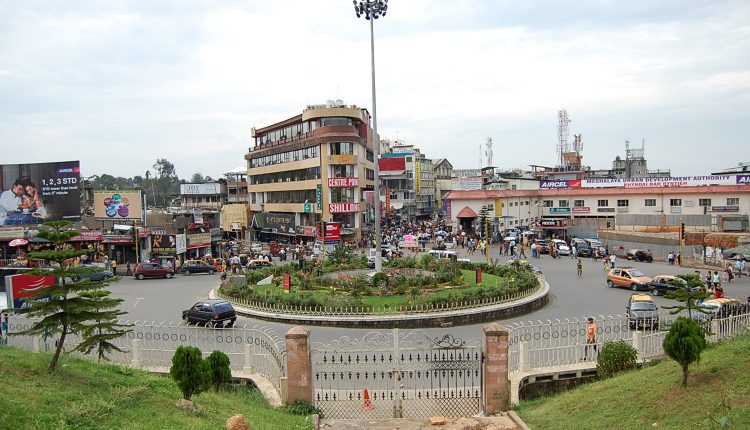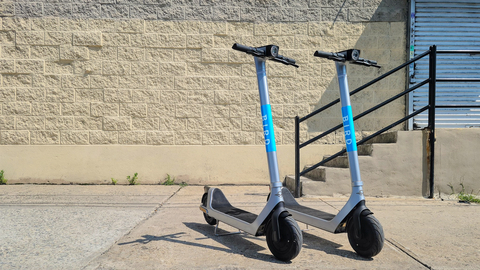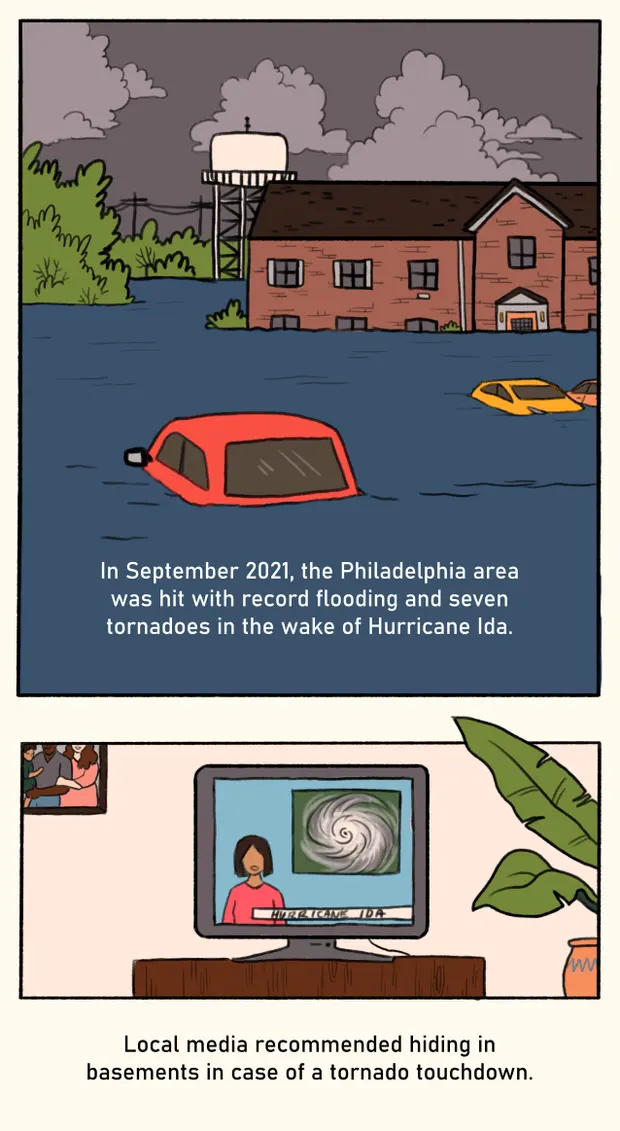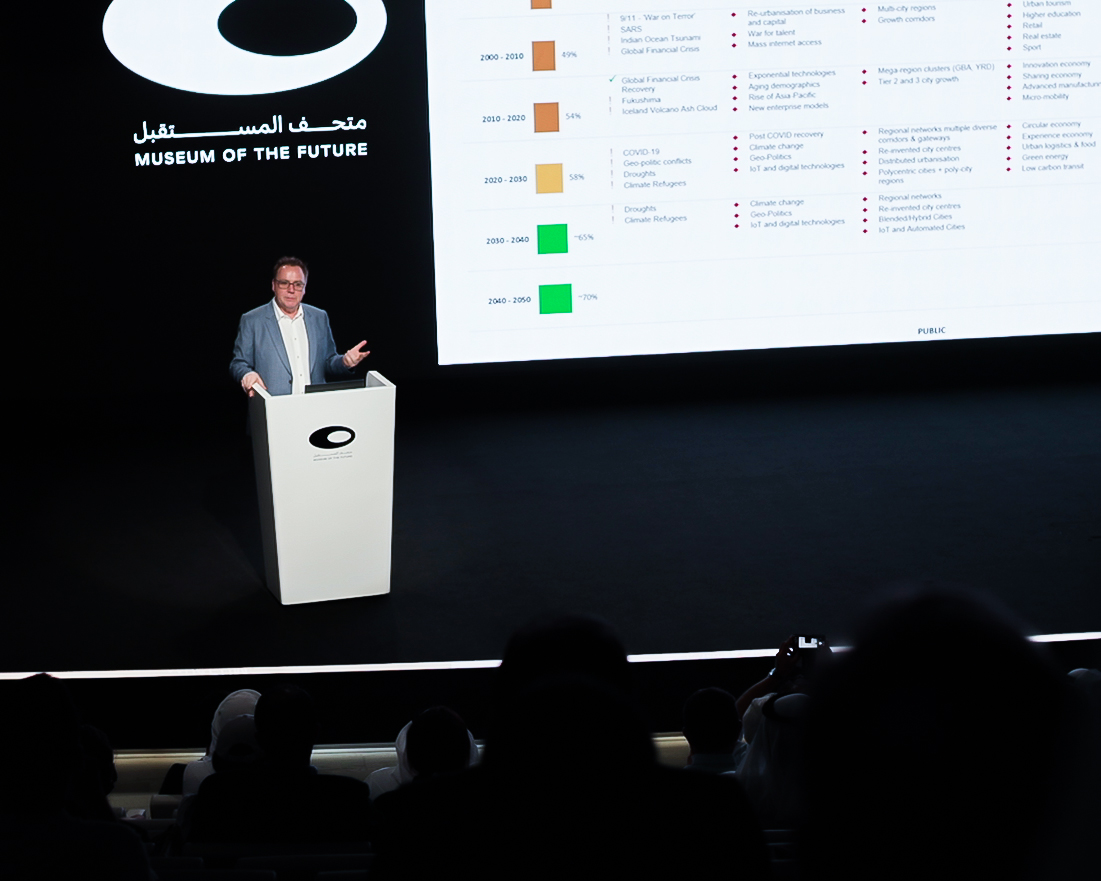
Customers are moving away from public transport to personal mobility and from owning vehicles, bicycles and scooters to subscribing. From a purely practical point of view, users of mobility services would like to plan, book and pay for all their travel and transport options using a single, unified app, rather than logging in and out of several to book train, taxi and e-scooter, for example, or taxi, airline and car rental.
For that to happen, mobility providers, service operators, platform builders, tech companies, data aggregators, automotive OEMs, digital disruptors, municipalities, local governments all have to work together, opening up their platforms and sharing data, while adhering to privacy, transparency and regulations. All these elements have to be combined and work profitably.
In addition to connecting services and customers, vehicles themselves are being connected in various ways to each other (V2V), to the transport infrastructure (V2I) and the wider environment (V2X). The primary reasons for this are to increase road safety, pave the way for automation, optimise traffic flows, reduce congestion and ultimately lessen the environmental impact of transportation.
In a paper, entitled Automotive Data Sharing, published by KPMG in October 2020, the commercial use cases for sharing data are driven by two key purposes: generating income or reducing costs. MaaS players, insurance providers and platform owners may utilise connectivity and data to generate income, fleet operators may use it to reduce costs.
+INFO: Fleet Europe





